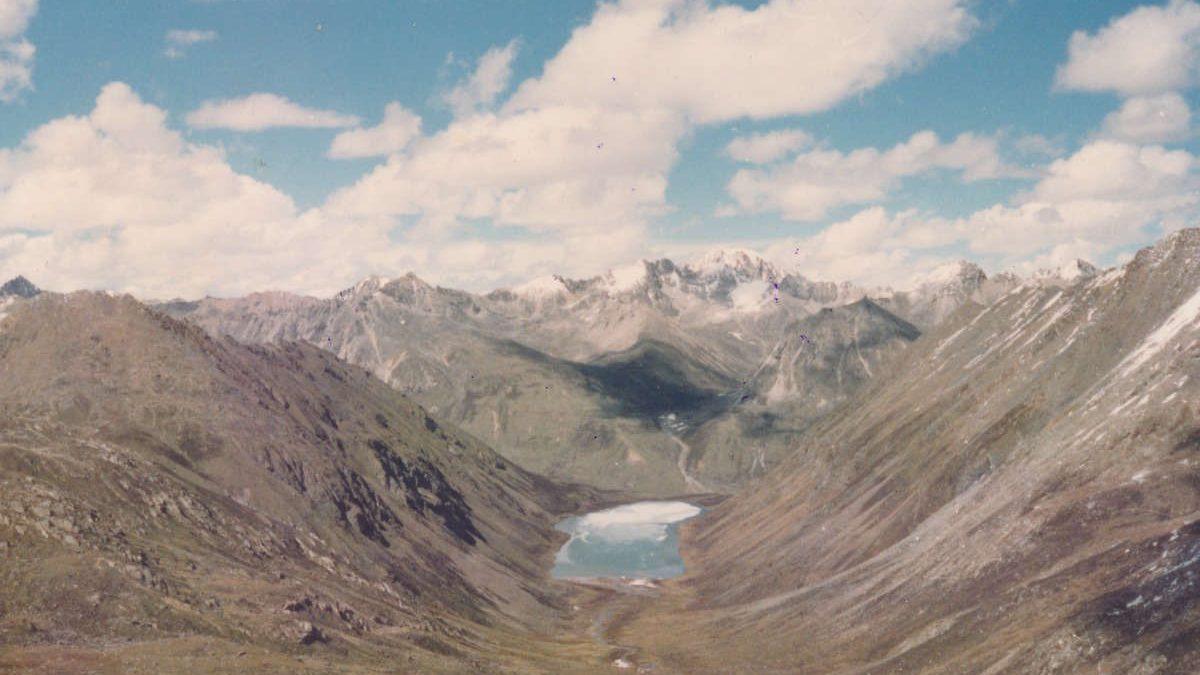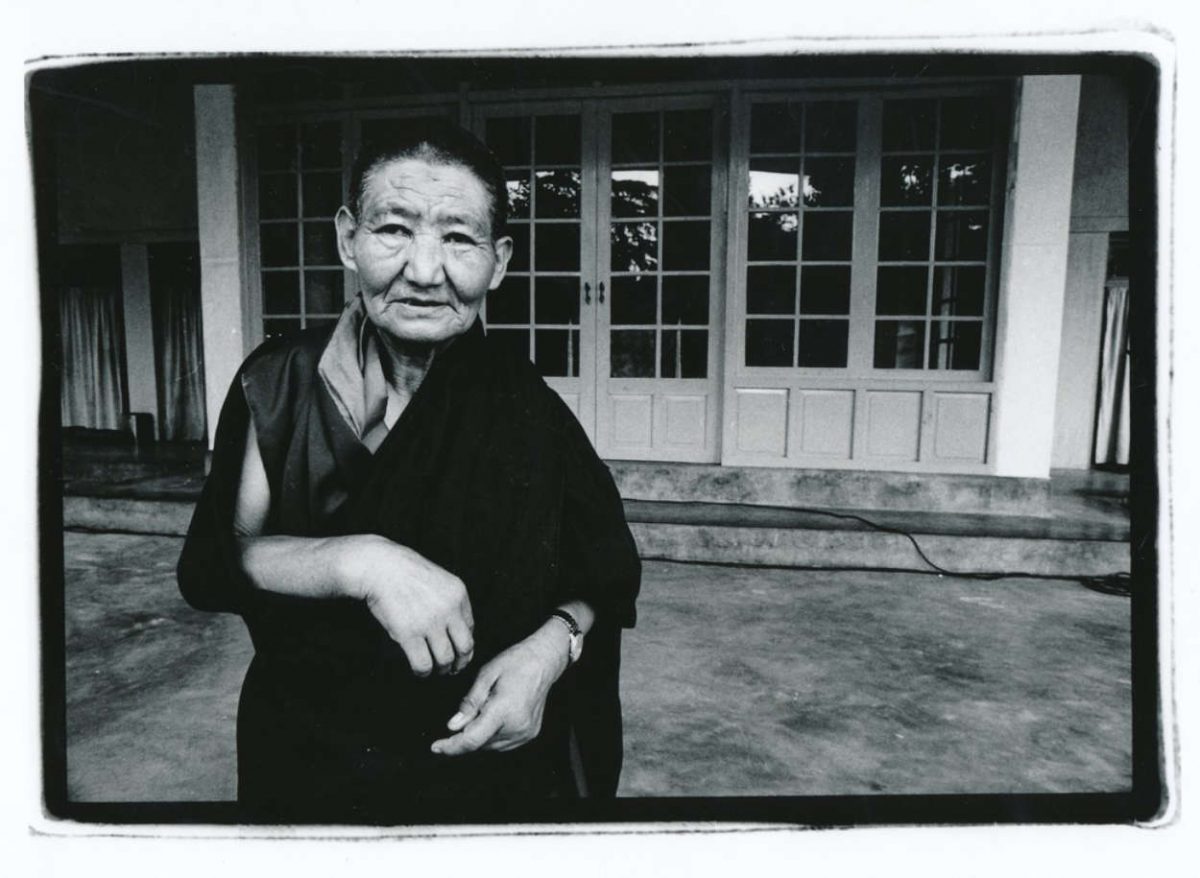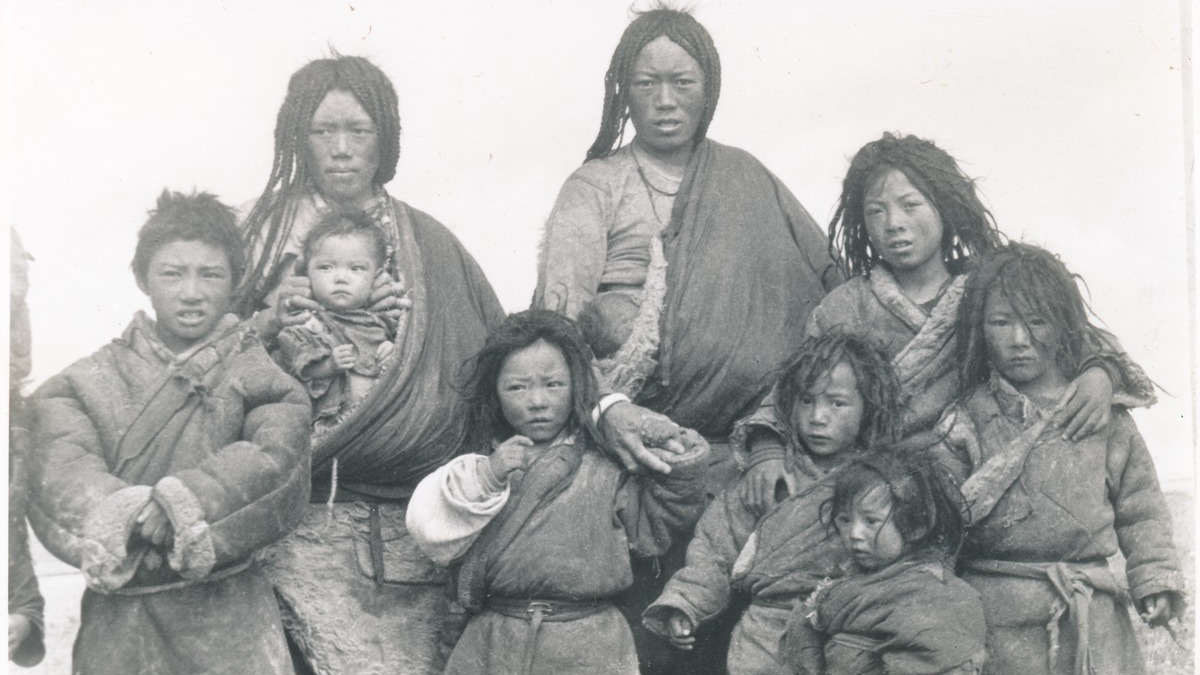Population in exile
Approximately 128,014 (Approximate worldwide distribution: India 94,203; Nepal 13,514; Bhutan 1,298 and rest of the world 18,999)
Head of the Central Tibetan Administration
Sikyong, after the devolution of political power by His Holiness the 14th Dalai Lama to the elected leader in 2011.
Central Tibetan Administration Departments
Religion and Culture, Home, Security, Education, Finance, Information and International Relations, Health
Autonomous commissions
Election Commission, Public Service Commission and Office of the Auditor General
Election Schedule
Tibetan Parliament in Exile and Sikyong elections are held every five years
Seat of the Central Tibetan Administration
Dharamshala, Himachal Pradesh, India.
Offices of Tibet abroad
New Delhi, India; Washington DC, USA; Geneva, Switzerland; Tokyo, Japan; London, UK; Brussels, Belgium; Canberra, Australia; Paris, France; Moscow, Russia; Pretoria, South Africa; Taipei, Taiwan and Sao Paolo, Brazil
Literacy
Estimated at 82.4% as per the 2009 Demographic Survey of Tibetans in Exile Source: Planning Commision, CTA
Income of the administration
Annual voluntary contribution by exile Tibetans and foreign donations
Livelihood
Agriculture, agro-industrial enterprises, carpet weaving, service sector and seasonal selling of woollen garments
Education
Total school enrolment is 85 to 90 percent of school-going age students
Legal Status
Refugees




